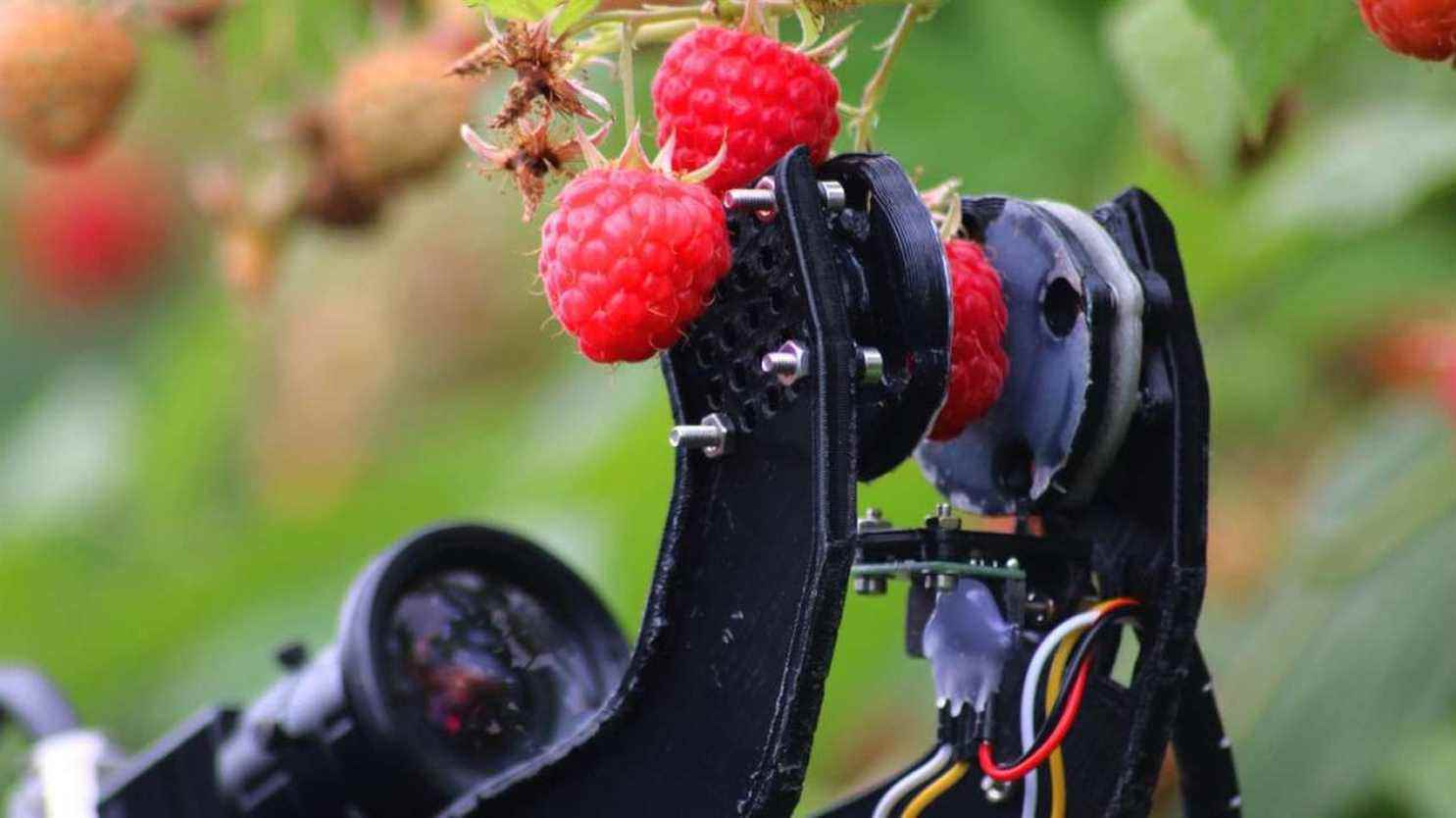With Mathilde Fontez, editor-in-chief of the scientific magazine Epsiloon, and on the occasion of the Agricultural Show which opens its doors to the public, Porte de Versailles in Paris, this Saturday February 26, the science post of the day is devoted to the new technological tools which will soon be at the service of farmers.
franceinfo: Science at the service of agriculture, what does it give? Technologies that are developing, and in particular robots for picking fruit…
Mathilde Fontez: Yes, small robotic hands capable of catching apples, grapes, and especially strawberries and raspberries. There are none this year at the Agricultural Show. Not yet. But there could be, in demonstration, in a few years: robot pickers. We understand their interest: picking is very labor intensive. Labor which moreover came to be lacking in the summer of 2020, due to the Covid pandemic.
Robotics specialists have therefore been trying for years – since the 1980s in fact – to develop such robots, capable of detecting when a strawberry is ripe, and catching it without damaging it.
And does it really work? Do these robots do it?
It’s starting to work. Technical demonstrations have multiplied in recent years. For example, there is the “Robocrop” robot, developed in 2019 by the British company Fieldwork Robotics, which is in the test phase, in a greenhouse. He specializes in raspberries. Proof of industrial interest: Bosch joined the project in 2020.
There is also the American robot Traptic, which manages to catch strawberries without damaging them by detaching them by the stem – the commercialization of the machines is just beginning. There are a few dozen such examples around the world, most of which are being developed by start-ups backed by university robotics labs. But for now, they are struggling to pass the mark of commercialization.
https://www.youtube.com/watch?v=ZPmsvnouJ9w
What gets in the way of developing these robots?
In fact, a harvester robot concentrates all the most delicate elements of robotics. Ultra-sensitive cameras: to recognize a ripe fruit, the robot must be able to see it with precision, distinguish it from the leaves, analyze its color outdoors, without letting itself be polluted by changes in light or shadows.
He also needs precise guidance – these robots are intended to be autonomous: this is starting to come – there are already autonomous robots at this very moment, at the Agricultural Show. And of course there is the challenge of precise movement.
A study of these technologies, published this summer, by a team of specialists from the University of Melbourne, has taken stock: its first conclusion is the lack of information. Most of the companies, start-ups, laboratories that design these robots do not yet rigorously publish their data – this undoubtedly indicates a lack of maturity.
Of 47 robots studied by the Australian researchers, only 28 provided their harvest rates. They can reach 80% for apples, tomatoes, cucumbers. But they remain very low for strawberries, or peppers for example.

What are the technical ways to improve the performance of these robots?
Several laboratories rely on artificial intelligence: these computer programs for learning by reinforcement, which allow a robot to train on its own for a task, by dint of repeating it. Most importantly, they work to reduce the cost of technology. Because to prevail, obviously, it will have to be competitive with human labour.
